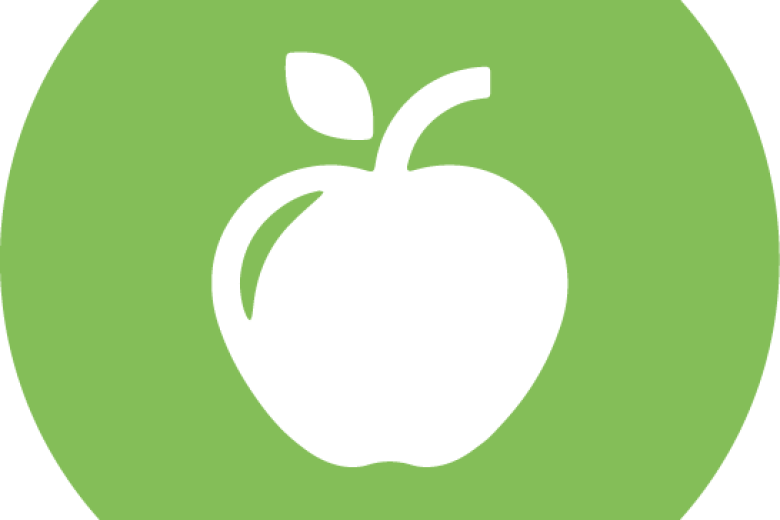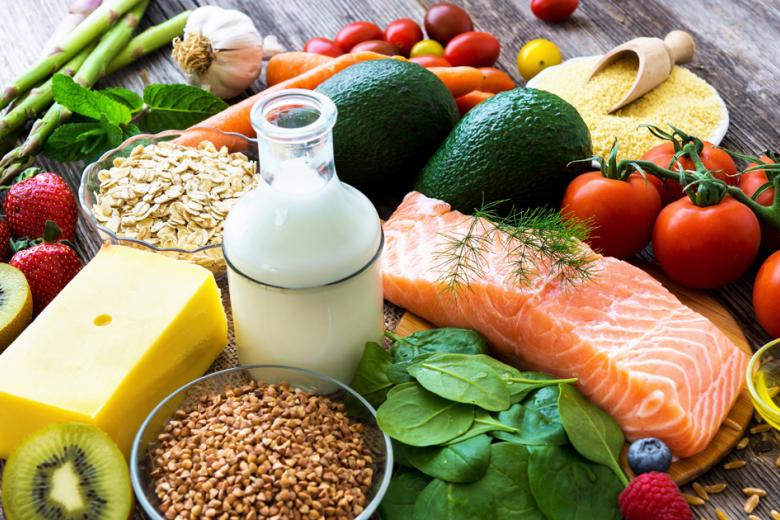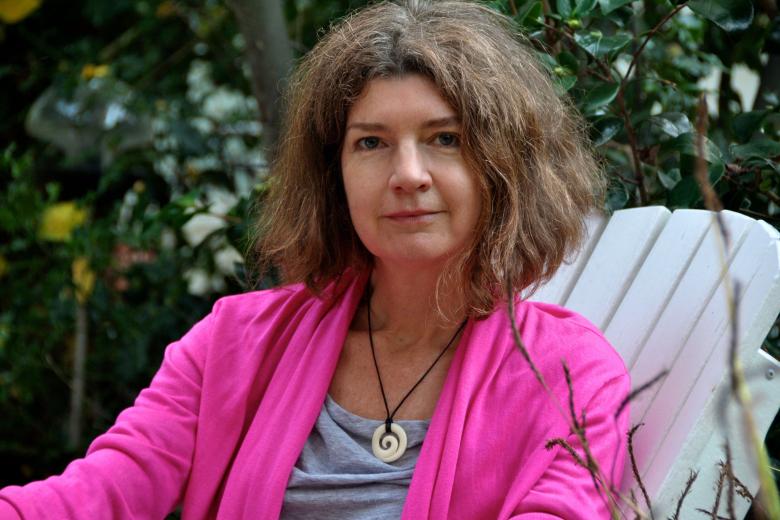How safe is it to drink from recycled cups?
On 15 November, Professor Dick T.H.M. Sijm gave his inaugural address, entitled ‘There is more behind the label’, and accepted the function of Professor at Maastricht University (UM). He will work at the Faculty of Science and Engineering, University College Venlo in Venlo. His chair is called: Food safety in a sustainable economy.
Recycled packaging material
More than 8,000 different natural and artificial substances are used in the packaging industry. Material is increasingly being recycled for packaging material. Consider plasticised coffee cups. A large variety of chemical substances is used to make these cups form-retaining and yet flexible, leak-proof and sunlight-insensitive. But how harmful are these substances?
Risks
The harmful influence of plasticisers in plastics is already established. The use of bisphenol A (BPA) is banned in Europe, as are many plasticisers (phthalates). These substances affect the human hormone system. New protein sources such as insects, seaweed, etc. are also used for packaging. Are they grown safely, do people working with them experience adverse effects, and is the consumer sufficiently protected? The investigation into harmfulness is exceptionally complicated because damaging effects may only occur after you have drunk out of such a plasticised cup for 20 years.
Close cooperation between NVWA and researchers
Dick Sijm is Head of Risk Assessment at the Risk Assessment & Research Office (BuRO) at the Dutch Food and Consumer Product Safety Authority (NVWA) four days a week and an associate professor in Limburg one day a week. As such, this creates a close collaboration between the NVWA and the research world, allowing for the execution of relevant social analysis in a well-founded manner.
Also read
-
How sustainable and healthy is the new all-vegetable food line?
Under the name "Terra," Albert Heijn has introduced a 100 percent plant-based product line, with some two hundred different food items ranging from beverages to spreads and meat substitutes. How sustainable and healthy are these products?

-
A better understanding of taste and mouthfeel
A better understanding of taste and mouthfeel

-
Man is not at the top of evolution
Man is not at the top of evolution says Jose Joordens
